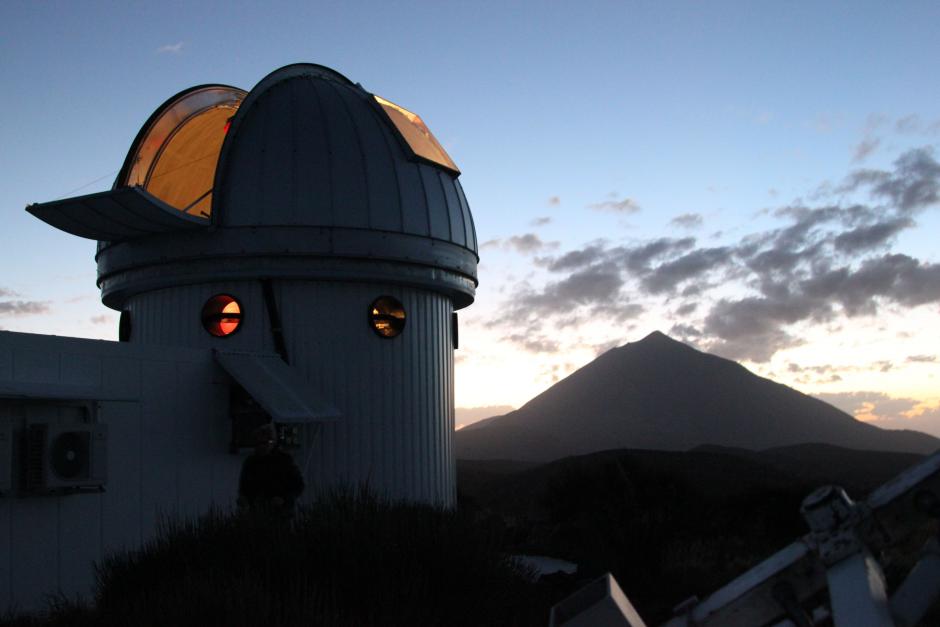SAC finds one of the world’s hottest exoplanets
One of the world’s hottest exoplanets has been observed in a new study from the Center of Excellence Stellar Physics Centre (SAC) at Aarhus University in a collaboration with researchers from the University of Southern Queensland. The study has been published in The Astronomical Journal.

Researchers from the Center of Excellence Stellar Physics Centre (SAC) at Aarhus University have collaborated with researchers from the University of Southern Queensland on a new study in which they used the SONG telescope at Tenerife to observe one of the hottest exoplanets yet to be seen. The study was published in The Astronomical Journal.
“It’s remarkable how many extreme planetary worlds are out there. This one is an ultrahot Jupiter; in fact, it is one of the hottest planets we’ve found so far. It orbits its star in just 2.65 days. It’s extremely different from what we see in the solar system,” said Ph.D. student Emil Knudstrup from SAC, who is part of the study.
A rare high temperature
The very hot exoplanet has a surface temperature of 2700° C, which is a very rare and high temperature that makes it glow in an orange light. The exoplanet was first discovered by the NASA satellite TESS, whereafter the team of researchers used the telescope in Tenerife to observe it more closely. Besides the SONG telescope on Tenerife, two new SONG telescopes have been erected in Australia.
“The expansion of the SONG network to Australia is already delivering great results, not yet from data collected there but from the collaboration with the new scientific groups that have joined the project. We now hope the collection of regular scientific data from this new SONG site can start next year,” said Mads Fredslund Andersen from SAC, who is the telescope and satellite manager.
An exoplanet is a planet outside the Solar System.
You can read more about the hot exoplanet at Aarhus University here
Read the scientific article in The Astronomical Journal here
